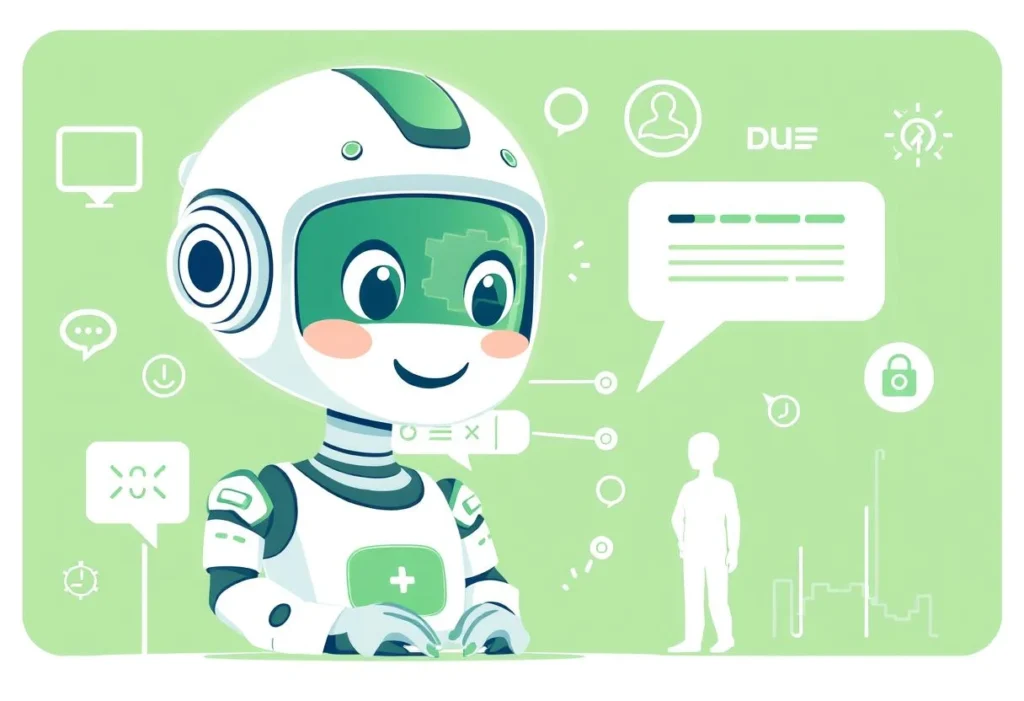Introduction: The Green Revolution is Here
Imagine a world where cities breathe cleaner air, energy flows without harm to the planet, and innovation unlocks new hope for a better tomorrow. That’s the promise of green technology—the powerful force at the heart of our drive toward a sustainable future. As climate change and resource scarcity press harder on global communities, sustainable innovations are redefining how we live, work, and care for the environment.
What Is Green Tech—and Why Does It Matter?
Green technology, or green tech, uses science and innovation to develop solutions that reduce environmental impact. It focuses on renewable energy, eco-friendly materials, energy efficiency, waste reduction, and smarter ways to use resources. The ultimate goal? A balanced ecosystem where economic growth and environmental stewardship go hand in hand.
Innovations Fueling the Future
1. Transforming Energy: Renewables and Smart Grids
Renewable energy innovations are revolutionizing how we power the world. Solar, wind, hydropower, and geothermal sources are more affordable and efficient than ever. In 2025, investment in clean energy is set to surpass that in oil and gas, with solar alone accounting for more than half of all new clean energy investments. Advanced technology, such as high-efficiency solar panels and vertical wind turbines, allows cities, rural areas, and even oceans to capture the sun and wind’s energy.
Smart grids further maximize renewable energy by intelligently distributing power based on demand. These networks empower consumers to use energy more wisely and help utilities avoid waste, paving the way for a flexible, low-emission energy infrastructure.
2. Next-Generation Storage and Green Hydrogen
Energy storage is the backbone of a stable renewable grid. Innovations in high-capacity batteries—from solid-state designs to advanced lithium-ion chemistries—are helping store solar and wind energy for use at night or during cloudy and calm days.
Green hydrogen, produced using renewable electricity, is emerging as a clean fuel for industries where direct electrification is challenging. It holds potential for heavy-duty transport and large-scale energy storage, promising to slash emissions in sectors traditionally dependent on fossil fuels.
3. AI, Data, and the Power of Intelligence
Artificial intelligence and machine learning are unlocking new frontiers for green tech. AI optimizes energy use, predicts demand, and detects inefficiencies across entire supply chains. For example, utilities use AI to forecast renewable energy generation and stabilize the power grid, significantly enhancing reliability. In agriculture, AI and IoT sensors monitor crops, saving water, and curbing chemical use while maximizing yields.
4. Sustainable Cities: Building the Future
The rise of smart cities is transforming urban landscapes worldwide. By connecting infrastructure through IoT, cities manage traffic, water, and energy smarter than ever before. Technologies like carbon-negative concrete, bioplastics, and modular green buildings are turning urban growth into an opportunity for sustainability.
Electric vehicles (EVs) and public transport powered by renewable energy are reducing emissions on the streets. Meanwhile, public charging infrastructure, fueled by clean power, expands quickly, making the switch to electric mobility more accessible for everyone.
5. Green Construction and Advanced Materials
From skyscrapers to smartphones, materials innovation is key. Eco-friendly construction materials such as carbon-negative concrete, bamboo, and engineered timber help trap carbon instead of releasing it, shrinking the footprint of new buildings. Biodegradable plastics and sustainable textiles are reducing waste and pollution, propelling industries towards circular economies.
6. Revolutionizing Food: Vertical Farming and Alternative Proteins
Feeding a growing world sustainably is a major challenge—and green tech is rising to meet it. Vertical farming, which stacks crops in climate-controlled indoor environments, vastly reduces land and water use while producing nutritious food year-round.
Meanwhile, the innovation of plant-based and lab-grown meats is cutting emissions and water consumption compared to traditional livestock farming. These foods help lower methane emissions and fight deforestation, making them a vital part of a sustainable food future.
7. Circular Economy and Advanced Recycling
Modern recycling is not just about sorting paper and plastic. Today’s systems harness AI-powered robotics for material sorting, chemical recycling that breaks down plastics to their original components, and innovative upcycling that transforms waste into new products. These advancements support circular economies, drastically cutting landfill waste and demand for raw materials.
8. Carbon Capture: Cleaning Up the Past
Even with rapid decarbonization, capturing and storing CO2 emissions is vital for staying on a climate-safe path. Carbon capture and storage (CCS) technologies remove CO2 from factories or the air, then safely store it underground or in new materials. Recent innovations are making this process more affordable and scalable than ever before, bringing real hope for reversing decades of emissions.
9. Smart Finance: Investing in Sustainability
Innovation is not just about technology—it’s about smart investment, too. Sustainable finance channels capital into green bonds, ESG (Environmental, Social, Governance) investments, and eco-friendly startups. This movement means more companies can scale their solutions and more consumers can choose products proven to be better for the planet.
The Impact: Why Green Tech Matters Now
- Tackling Climate Change: Major emissions reductions are achievable through the rapid scaling of renewables, green hydrogen, energy-efficient buildings, and smarter transport.
- Economic Growth: Innovation and sustainability go together. New green industries create millions of high-quality jobs, boost local economies, and ensure resilient supply chains.
- Social Benefits: Cleaner air and water, sustainable agriculture, and safer cities all contribute to a healthier, more equitable world.
Challenges on the Path Forward
While green tech offers tremendous promise, challenges remain. Some clean technologies are still expensive or require new supply chains. Training workers, updating regulations, and fostering international cooperation are essential for unlocking the full potential of sustainable innovation. Transparency and consumer education must continue to grow so that individuals and businesses can make informed choices in favor of sustainability.
The Road Ahead: A Call for Action
Change doesn’t happen overnight, and building a sustainable world needs all of us—engineers, businesses, consumers, and policymakers—to work together. By embracing green technology, you can help shape a future where progress and the planet thrive side by side. Choose renewable energy, support sustainable brands, and advocate for smarter policies in your community.
Conclusion: Greener, Smarter, Stronger
The innovations driving a sustainable future are here now—from renewable energy and smarter cities to AI in agriculture and green finance. As these technologies gain momentum, they promise not just to repair the planet but also to help humanity flourish in harmony with nature. The next era of progress will be green, innovative, and inclusive. The time to act is now.
Ready to Join the Green Revolution?
Every step towards sustainable innovation counts. Choose green tech for your home, your business, and your future. Inspire others to join the journey—together, we can power a sustainable tomorrow.






